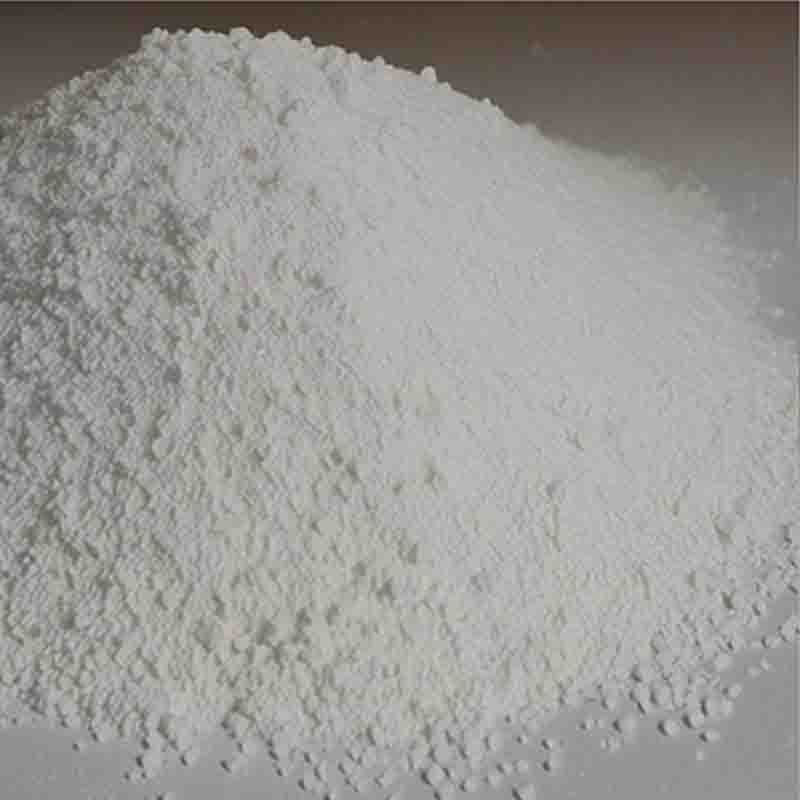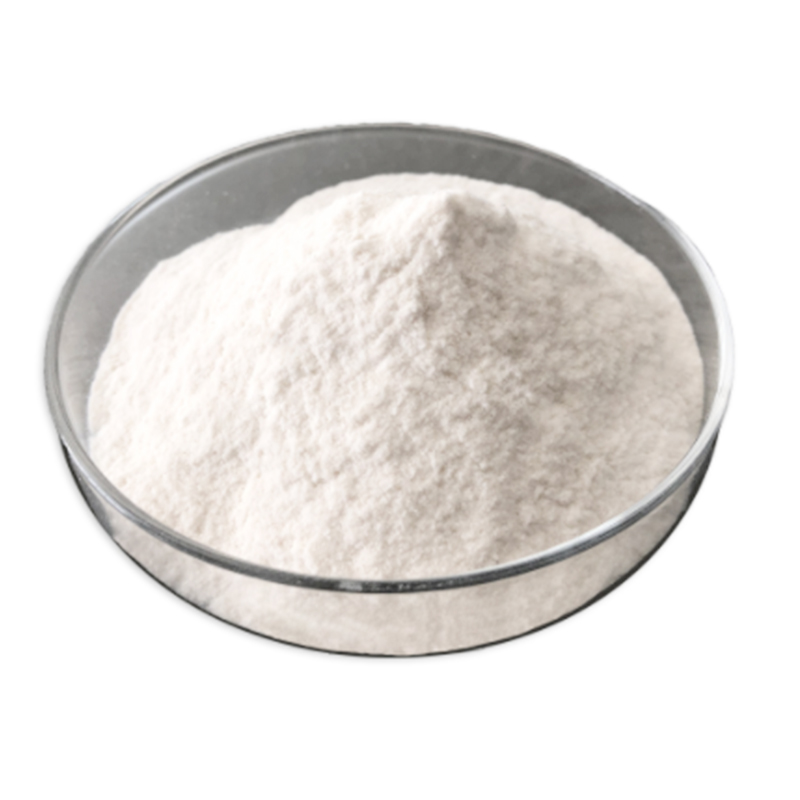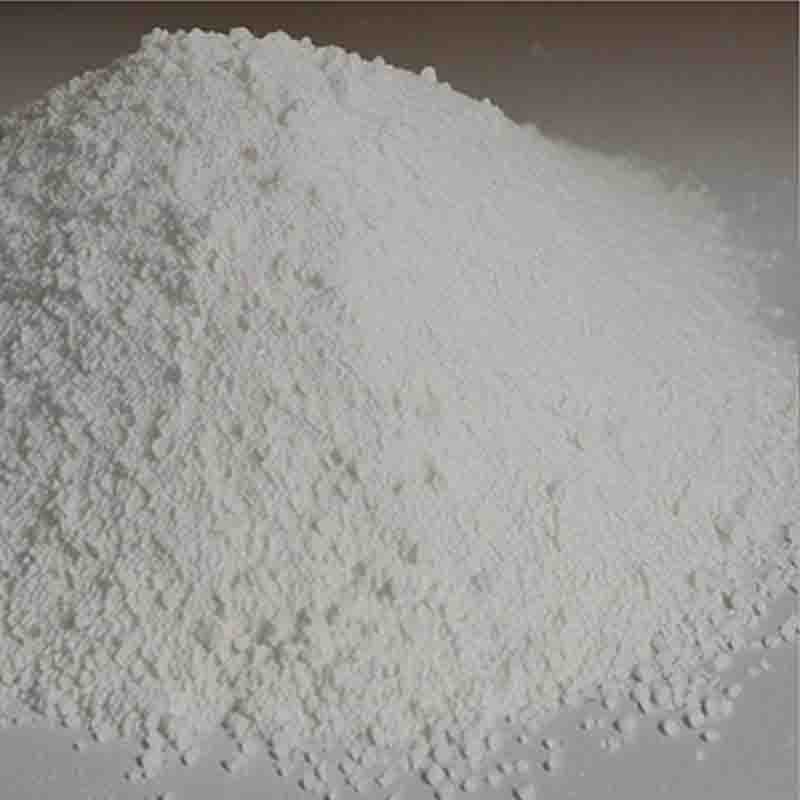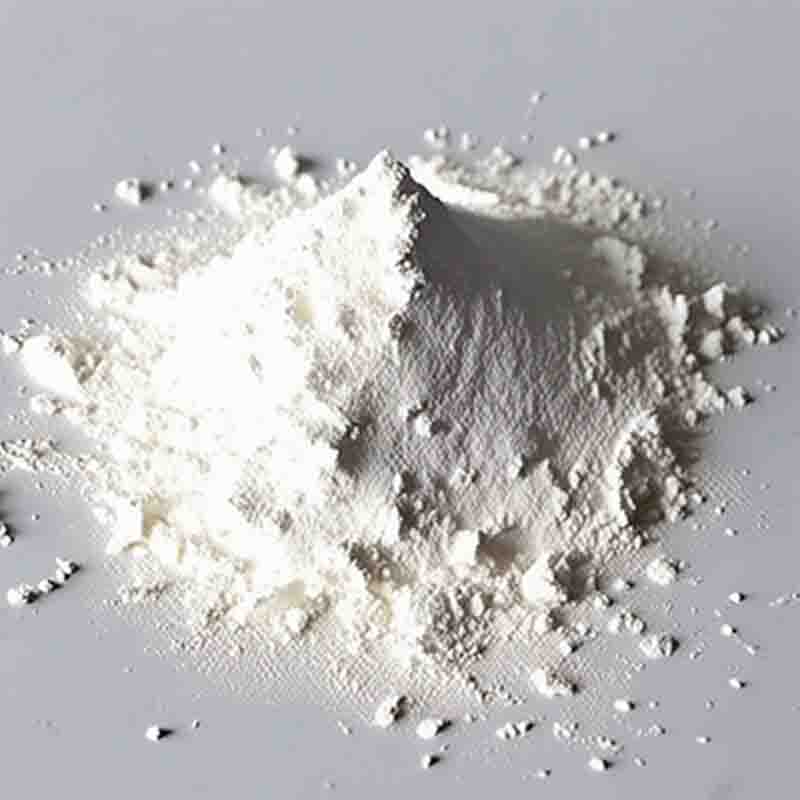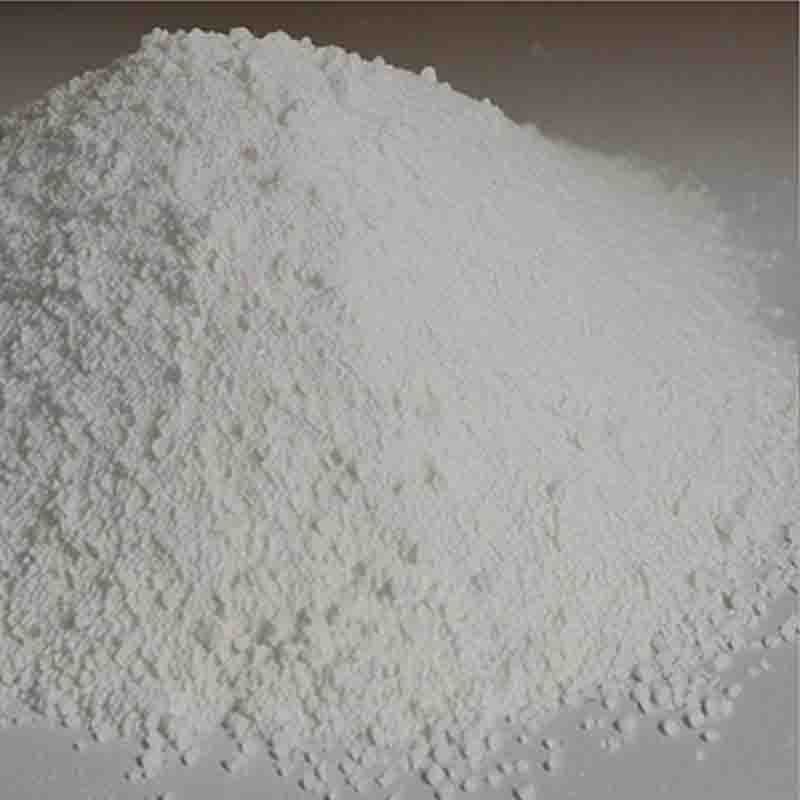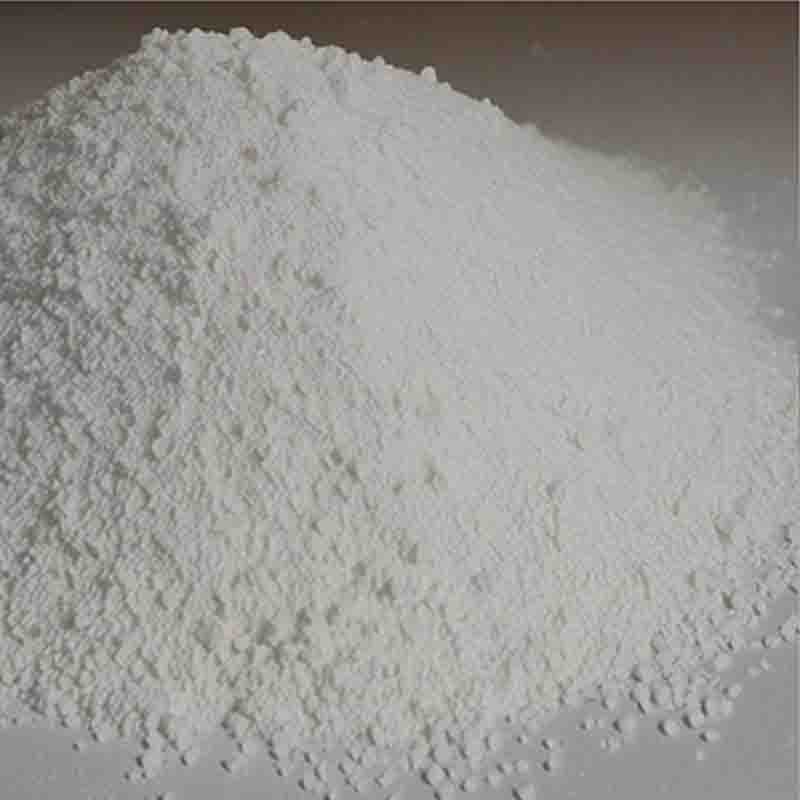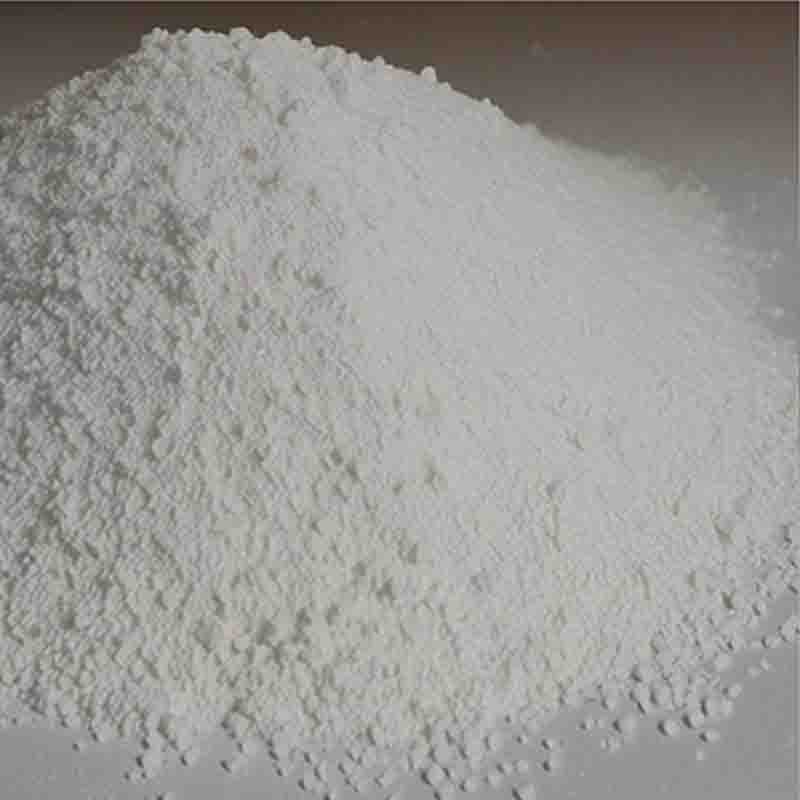Lauricacid CAS:143-07-7
| Catalog Number | XD95831 |
| Product Name | Lauricacid |
| CAS | 143-07-7 |
| Molecular Formula | C12H24O2 |
| Molecular Weight | 200.32 |
| Storage Details | Ambient |
Product Specification
| Appearance | White powder |
| Assay | 99% min |
Lauric acid is a saturated fatty acid that is predominantly found in coconut oil and palm kernel oil. It has a range of effects and applications, both in the human body and in various other industries.One of the notable effects of lauric acid is its antibacterial and antifungal properties. It has been found to have a strong inhibitory effect on a variety of bacteria and fungi, including those responsible for skin infections such as acne and athlete's foot. This makes lauric acid a valuable ingredient in skincare products, where it can help to combat microbial growth and promote healthy skin.Moreover, lauric acid has been shown to have a positive impact on heart health. It is known to increase levels of high-density lipoprotein (HDL) cholesterol, or "good" cholesterol, which helps to remove low-density lipoprotein (LDL) cholesterol, or "bad" cholesterol, from the arteries. This can potentially reduce the risk of cardiovascular diseases such as heart attacks and strokes.Another effect of lauric acid is its role in immune system support. It has been found to have antimicrobial effects against various pathogens, including viruses such as herpes simplex virus (HSV) and human immunodeficiency virus (HIV). Lauric acid is believed to disrupt the lipid envelope surrounding certain viruses, inhibiting their ability to infect host cells. This property has led to research and development of potential antiviral treatments using lauric acid derivatives.Furthermore, lauric acid is a source of energy. When consumed, it is broken down and metabolized into a compound called monolaurin. Monolaurin is known to possess antimicrobial properties and can be used as an alternative therapy for certain infections. Additionally, lauric acid provides a concentrated source of calories that can be utilized by the body for energy production.In industries outside of healthcare, lauric acid is used as a raw material in the production of various products, including soaps, detergents, and cosmetics. It is valued for its ability to produce a rich, creamy lather and for its moisturizing properties. Lauric acid can also be used as a flavorsome ingredient in the food industry, as it contributes to the characteristic taste and aroma of coconut-based products.In summary, lauric acid has numerous effects and applications. Its antibacterial, antifungal, and antiviral properties make it valuable for skincare and immune support. Additionally, it plays a role in heart health and provides a source of energy. Furthermore, lauric acid finds uses in various industries due to its moisturizing properties and distinctive flavor.


